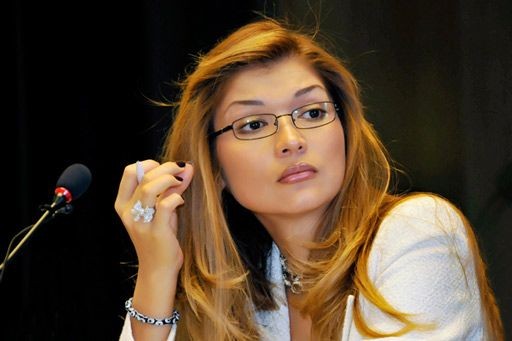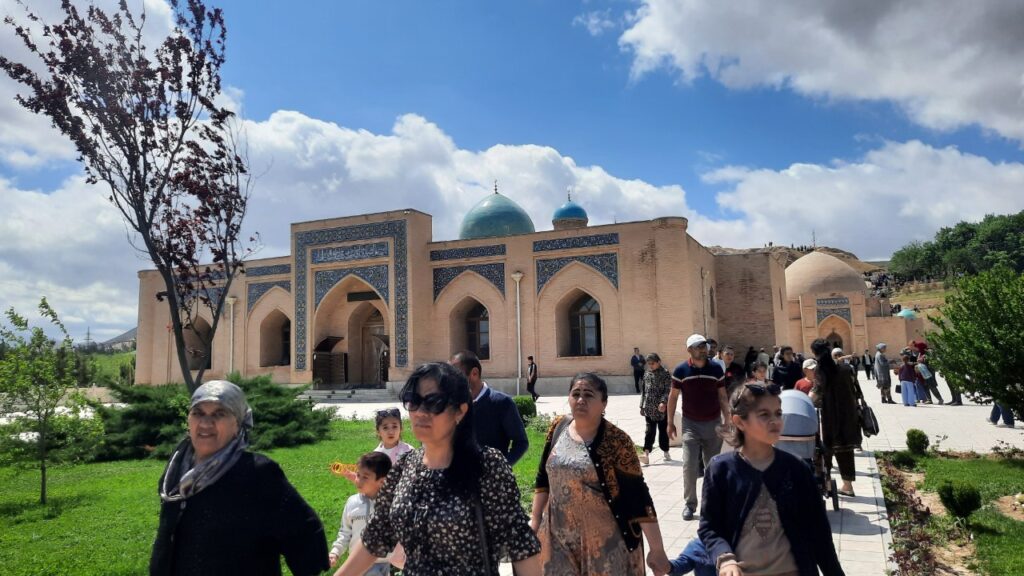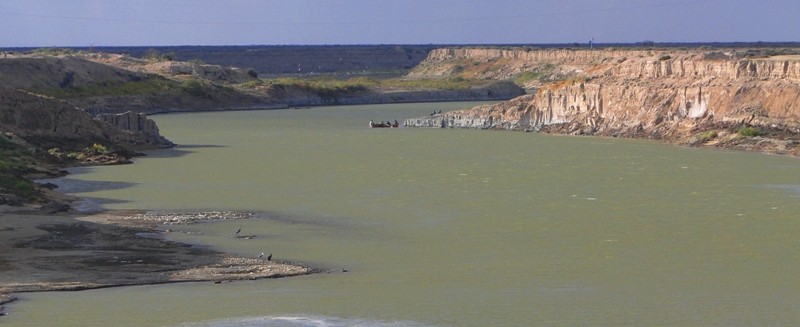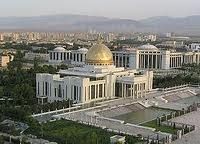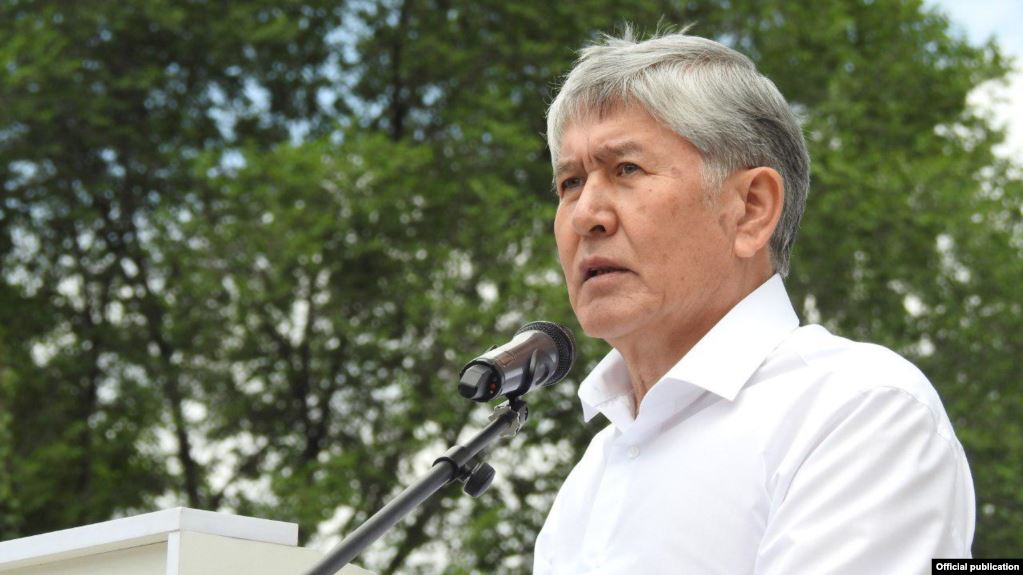TASHKENT (TCA) — Amid unconfirmed media reports claiming that the oldest daughter of Uzbekistan’s late president has allegedly died, we are republishing this article originally published by EurasiaNet.org:
The oldest daughter of Uzbekistan’s late president and fraud go together like a horse and carriage, as the latest online fantasy involving Gulnara Karimova has neatly illustrated.
In oddly matter-of-fact fashion, Uzbekistan-focused website centre1.com ran a piece on November 22 claiming to have received reliable evidence from a solitary would-be security services source stating that Karimova had perished, the victim of a poisoning plot. The mysterious source, which foreign-based centre1.com takes at his word, adds further that Karimova died on November 5 and was secretly buried in the Minor cemetery in an unmarked grave.
All the details were preposterous enough not to be taken seriously, one would have imagined, but many of the world’s media cannot resist the lure of the psycho-drama around Karimova and duly took the bait. Foremost among them was British tabloid The Daily Mail, which ran a breathless report about the “astonishing claims.”
The newspaper cited centre1.com editor Galima Bukharbayeva as saying she personally spoke to the source of the information.
“We got the information about a week ago and all this time we tried to cross check and verify it. I would love it not to be true because of how horrendous this is,” Bukharbayeva was cited as saying.
Dozens of websites ran similar reports, taking centre1.com largely at face value, albeit occasionally leavening their own reports with a dose of skepticism.
Russian state news agency RIA-Novosti, meanwhile, cited its own anonymous source — a family friend — as saying the whole story was pure fiction. That same person refused, however, to provide any details on the current whereabouts of Karimova, who has not been seen in the public since 2014, when she was reportedly placed under house arrest in Tashkent on corruption charges.
The flimsy story was further undermined by the editor of ferghana.ru, Danil Kislov, who revealed in a Facebook post that he had been approached with the same tale by an anonymous source some days ago.
“Having looked at the photos and analyzed the text, I arrived at the conclusion that this was nonsense, a fake, material by order etc.” he wrote.
The photos accompanying Kislov’s post do indeed hint at the work of a deeply untalented trickster. Despite Karimova supposedly having been poisoned, one picture shows what is meant to be a body wrapped in garbage bags and spattered with blood — not the results one would expect of a poisoning.
This amateurish fraud comes on the heels of Radio Free Europe/Radio Liberty exposing a Twitter user as somebody posing as the mysteriously elusive presidential daughter. An account with the handle @Zabitaya1972 engaged with admirers and journalists for several days and insisted, in oblique fashion, that she was indeed Karimova herself. Another equally fictitious account, @GulIslamovna, has since taken on the mantle of pretending to be Karimova.
The motivations for this grotesque tomfoolery are hard to penetrate, given how little is known about the entire affair. Much is gossiped about Karimova, but nothing is known for certain. Is she dead? No, she’s under house arrest in Tashkent. Or is she locked away in a psychiatric institute? No, that’s not it, she is living in exile in some European country. Or is it Israel? But then who is that wan figure people have spotted out and about in Tashkent?
Behind all this nonsense is the serious matter of the web of corruption that international investigators, from Switzerland to the United States, say Karimova managed to weave over a number of years. With Swiss authorities in particular closing in on her in 2014, Karimova disappeared from the scene in a drama that she volubly documented in a series of erratic and often incoherent messages on Twitter. The tweets amounted to a claimed conspiracy to silence her mounted by the National Security Council, or SNB, the successor agency to the KGB. Some of the last known images of Karimova are of her looking vaguely demented in a nightdress and drinking a carton of milk chocolate.
Be all this as it may, what is better understood is that US authorities in 2015 reportedly asked European partners to freeze around $1 billion paid to businesses linked to Karimova by international telecommunications company seeking to guarantee operating rights in Uzbekistan.
These are difficult times for Uzbekistan and the knowledge that hundreds of millions of dollars are lying uselessly in bank accounts across Europe cannot sit well with the government in Tashkent. Since Karimova is potentially the key to unlocking those funds, poisoning her probably would not make a lot of sense.
But that doesn’t answer the question of what is to be done with Karimova. Feeding her to US investigators would be a loss of face too horrendous for Tashkent to contemplate. Then again, with her father, Islam Karimov, now dead and buried, one major possible obstacle to this solution is usefully out of the way. A billion dollars is a billion dollars after all.
And how do the hoaxes feed into any of this, if at all? It is hard to shake the impression that there is, on one level, a desire to force one of the parties — be it the Uzbek government or a shy Karimova — to come forward and clear up the mystery.
With the intrigue out of the way, the wrangling over frozen funds and corruption suspects would become potentially much more transactional: Give us Karimova and you get the cash.
There is no prospect of acting president Shavkat Mirziyoyev being bumped into a commitment on this any time soon and until he has properly consolidated his authority. So the Karimova clown car may have plenty of gas still in the tank.
